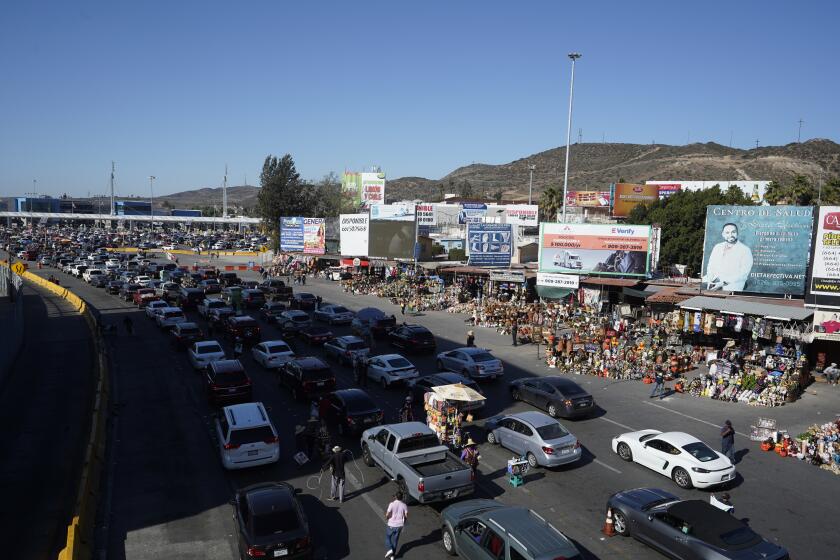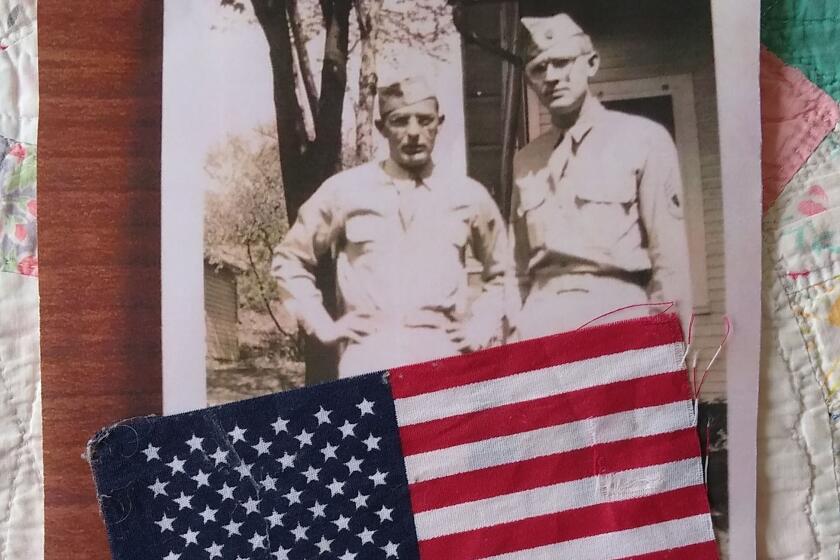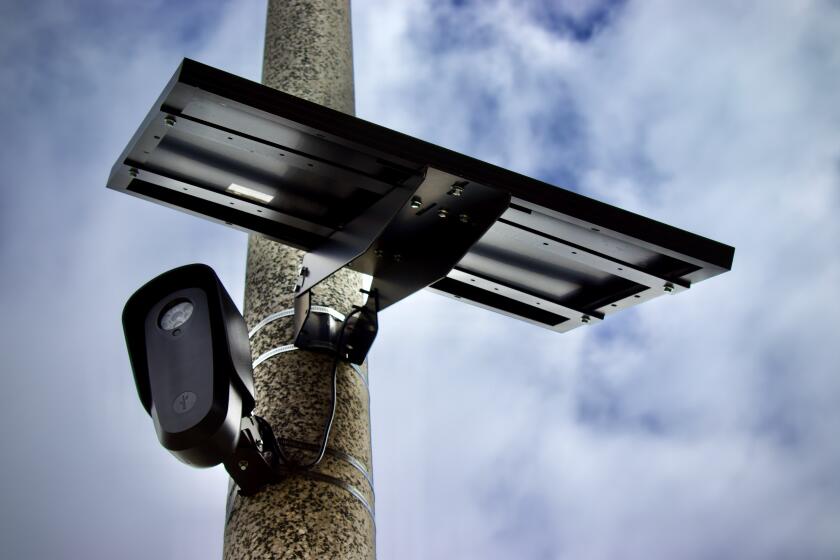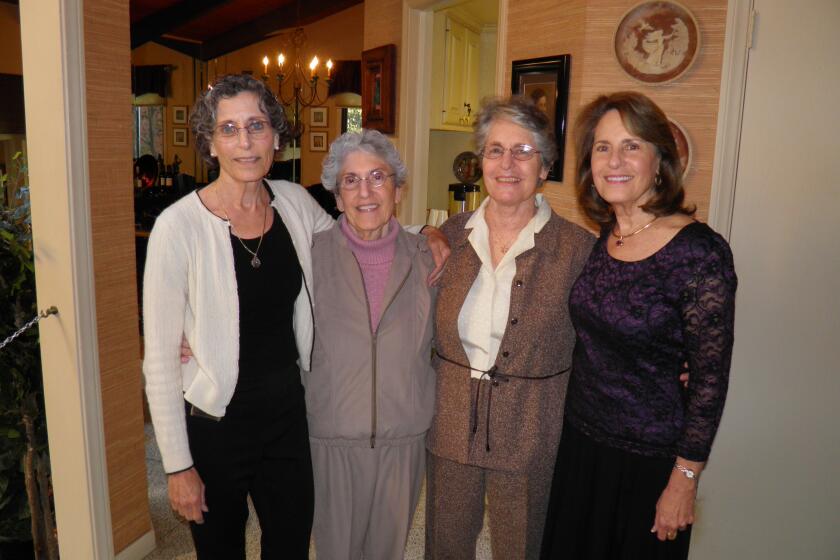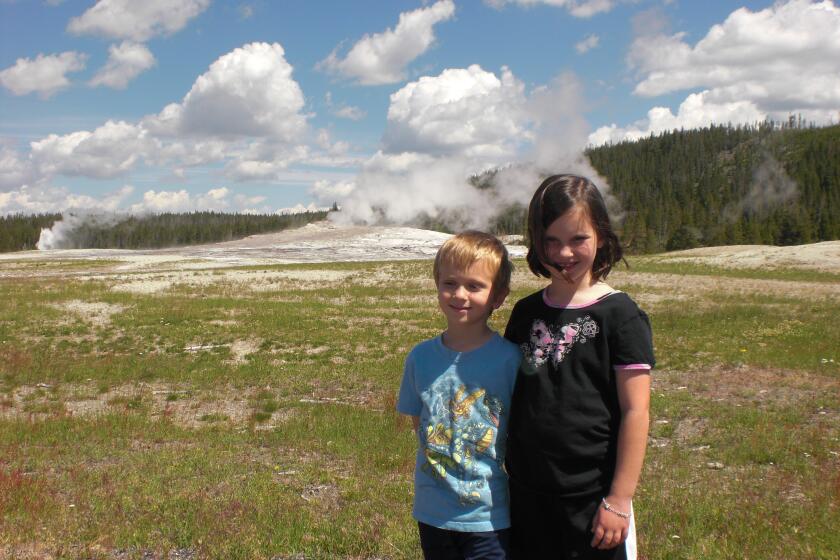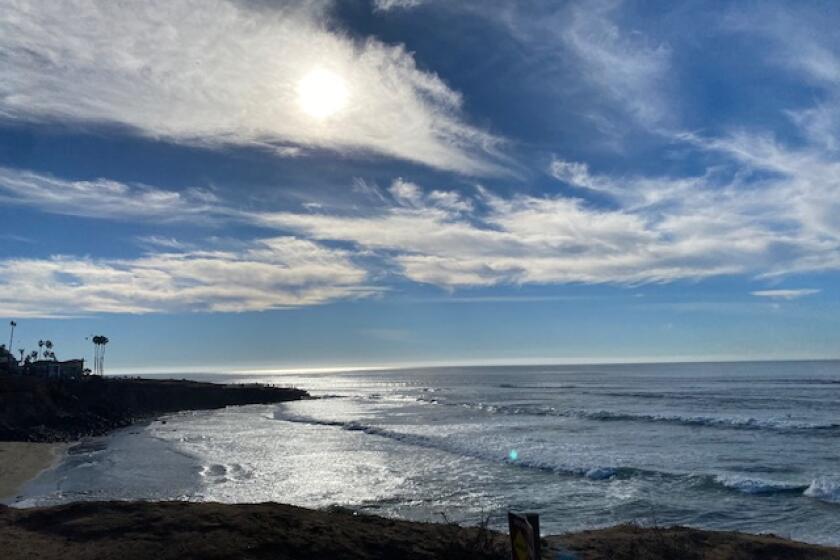Commentary: How to discover San Diego the same way you can discover Paris
It was an honor and a surprise to be described as an “opinion leader” in The San Diego Union-Tribune’s invitation to write as a community voice. True or not (surely not), I respect immensely this and all other serious text media and therefore value the opportunity. I tend to divide the leading online media into two groups, based on their content. The first, frankly hard for me to like, carry some “real” news and commentary but then are almost overwhelmed by clickbait. Example: “The Right Way to Respond to Adele’s Weight Loss” (CNN). The second group, including the Union-Tribune and The Irish Times, for instance, have stuck much closer to The New York Times’ famous motto: “All the news that’s fit to print.” Given the hecatomb of dead and hollowed-out U.S. newspapers, San Diego is blessed still to see a daily generated by a professional team of reporters and commentators.
By now whatever readers have got this far can see that I am going to contribute from a perspective of personal values and experiences. My focus will be on the character of urban life, broadly defined. My scope will include our binational region and the actions of individuals and groups that shape or have shaped our communities, for better or worse.
By accident, I lived and worked in Paris for 16 years. Paris is many things. A very old seat of church and kings, with a phenomenally deep and dense material legacy of buildings, institutions, and artifacts. An urban region with more than 10 million highly diverse residents, sky-high costs of living and mobility problems, much in the same style as Los Angeles. The central city of Paris has a particular urban structure that is often remarked upon: a grid of many major, monumental buildings and spaces, connected by a river and wide, straight thoroughfares, all of it overlaid on numerous, often seductively distinct, neighborhoods laced with old, narrow, winding streets and lanes.
It’s a richly suggestive brew. On the one hand, for instance, you have the high-tech-inspired architecture of the Pompidou Center (opened in 1977). On the other hand, you have the Roman arena (dating from the first century A.D.) and a little-known vestige I used to show American students as a summer travel guide, the base of King Philip Augustus’s 1215 wall incorporated into an underground parking lot. The city has experienced many waves of defeat, violence and triumph throughout its history, not only during the French Revolution or the German occupation. So one of Paris’ gifts to me was the development of a certain capacity to “read” and appreciate a city in all its richness and complexity.
That capacity moves me to make the case here and in future pieces for all to look at San Diego and Tijuana in a similar way. A close, fresh, educated and inquisitive way. A loving way.
San Diego’s image is too often reduced to beaches, weather and the zoo. There is much more to it, including a lot of contrived, frazzled, over-commercialized space: the Gaslamp District and Convention Center, University Town Center, Mission Boulevard in Pacific Beach. Mission Valley and the Rosecrans area near the Pechanga Arena are notorious examples of visionless urban planning.
But you really can discover San Diego the way you can discover Paris, San Diego intime, “intimate San Diego,” as the French might say. Liberty Station, the former Naval Training Center, is essentially a walkable, remarkably well-maintained park, harboring creative businesses but also major organizations and institutions that enrich our city, housed in repurposed historic buildings. Despite the scale, it feels humane. More intimately, you can meander the peaceful streets at both ends of the secluded pedestrian suspension bridge linking Brant and Front streets in Bankers Hill. The houses date from a period when patrons asked for quiet, evocative character in the design of their homes, not ostentatious status symbols. Barrio Logan’s vibrant streets shelter schools, churches, breweries, many small restaurants and industrial shops linked to the shipyards, and hundreds of the modest homes of an old working-class neighborhood. Several years ago, the vast, old, spooky bread factory on Julian Avenue was transformed into a cultural center. On Point Loma there is a lovely tenderness and informality in the neighborhood streets lying along the eastern side of Catalina Boulevard just before it enters Navy property.
I will pursue this line of discussion, for San Diego and Tijuana, in upcoming articles. Tijuana’s treasures can be more elusive than San Diego’s but perhaps for that reason can make a deeper impression. The Casa de las Ideas, for one, home to cultural programs in an impoverished, gang-ridden area, won hemispheric prizes for its architecture. And I will never forget an informal summer street performance three years ago by the award-winning Latin rock band, La Santa Cecilia.
I will also describe my engagement with the Smart Border Coalition. The binational coalition mobilizes leaders concerned about issues such as mobility through the ports of entry. They are hugely important to our way of life here. Just one of the ports, San Ysidro, handles more individual travelers than the busiest U.S. airport. In reality, it’s a vivid and dramatic story that generally goes untold in enough balanced detail. I hope to help change that.
Get Weekend Opinion on Sundays and Reader Opinion on Mondays
Editorials, commentary and more delivered Sunday morning, and Reader Reaction on Mondays.
You may occasionally receive promotional content from the San Diego Union-Tribune.

